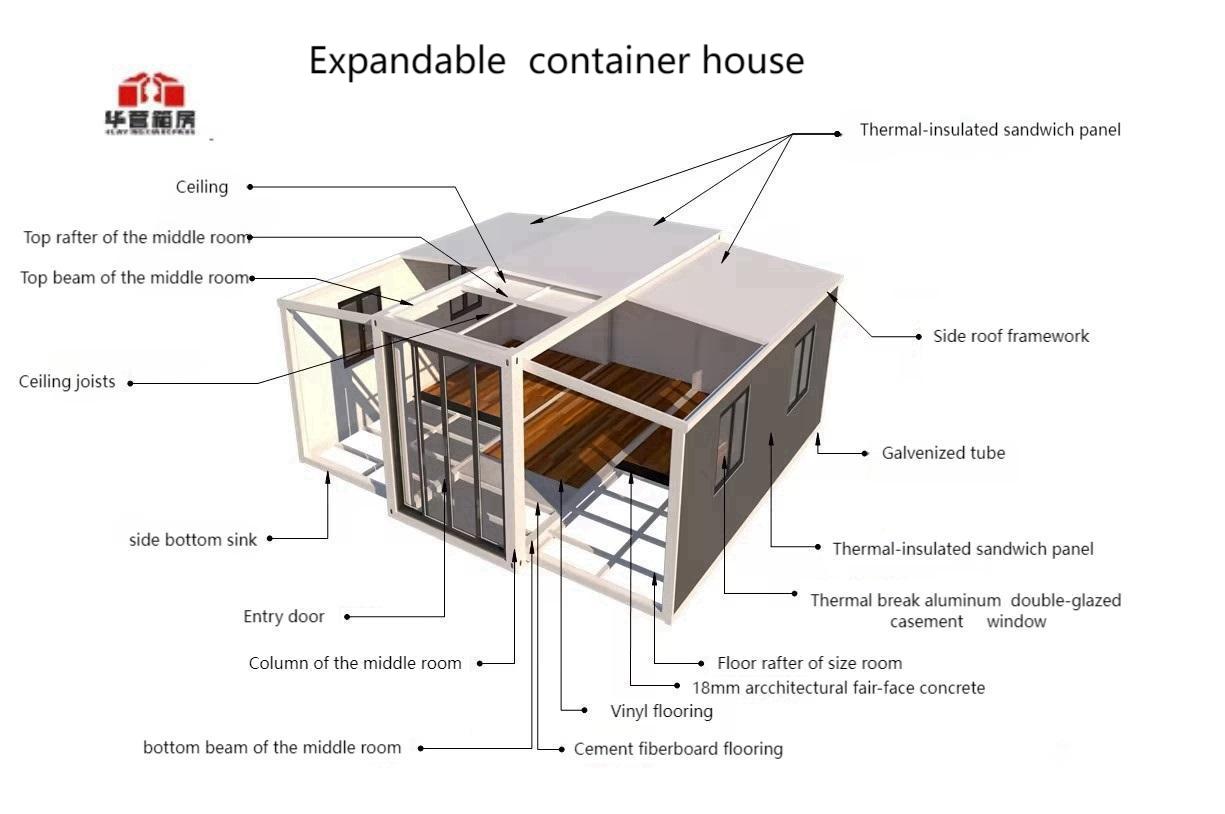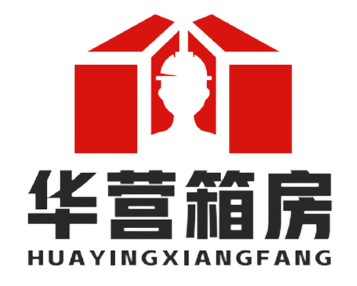Discover how automatic houses revolutionize modern living through AI-powered automation, energy efficiency, and seamless control. This comprehensive guide explores core technologies, real-world benefits, and future trends transforming houses into intelligent living ecosystems.
Imagine waking to curtains that open with sunrise, coffee brewing as your bedroom lights gradually brighten, and your home adjusting temperature before you step out of bed. This isn’t science fiction – it’s the reality of automatic houses. These intelligent living spaces leverage cutting-edge technology to create environments that anticipate needs, optimize resources, and enhance daily life through seamless automation.
The Brain Behind the Operation: Core Technologies
Automatic houses integrate multiple technologies into a cohesive ecosystem:
- AI & Machine Learning: Systems learn routines and predict preferences (e.g., Nest’s self-programming thermostat)
- IoT Networks: 50+ devices typically communicate via Zigbee/Z-Wave protocols
- Voice & Sensor Integration: Voice assistants + motion/light/temp sensors create context-aware automation
- Cloud Analytics: Processes data to optimize energy usage and security patterns
Why Homeowners Are Making the Switch
The benefits extend far beyond novelty:
- Energy Savings: Smart HVAC and lighting reduce consumption by 20-30% annually
- Enhanced Security: Automated locks, intrusion detection, and simulated occupancy patterns
- Accessibility: Voice/APP control assists mobility-impaired individuals
- Property Value: Homes with automation sell 5% faster (National Realtors Association)
See Installation Simplicity in Action
Modern systems require no wiring nightmares. Watch this retrofit installation completed in under 3 hours:
Your browser does not support the video tag.
Anatomy of an Automatic House
Understanding the integrated framework helps demystify the technology:

Implementation Roadmap: Getting Started
Transitioning doesn’t require full overhaul:
- Start Small: Begin with smart plugs and lighting (Philips Hue, TP-Link)
- Choose Ecosystem: Apple HomeKit, Google Home or Amazon Alexa compatibility
- Prioritize Security: Add smart locks (August, Yale) and cameras (Arlo, Ring)
- Integrate Systems: Use hubs like Samsung SmartThings for unified control
- Scale Intelligently: Add climate control, leak detectors, and energy monitors
Real-World Applications That Shine
Practical automation scenarios homeowners love:
- “Good Morning” routines that open blinds, start coffee, and read news headlines
- Vacation modes that randomize lights and water plants
- Laundry alerts when cycles complete via smartphone notifications
- Automatic window closures when rain sensors detect precipitation
Future Horizons: Where Automatic Houses Are Headed
The next evolutionary phase includes:
- Self-diagnosing systems that schedule maintenance before failures
- Integrated health monitoring through non-contact sensors
- Blockchain-secured device communication
- AR interfaces for virtual home management overlays
The automatic house revolution fundamentally transforms our relationship with living spaces. By handling routine tasks and environmental optimization, these intelligent systems free us to focus on what truly matters – living better, not just managing our homes. As technology advances, expect homes to become increasingly responsive partners in daily life.
